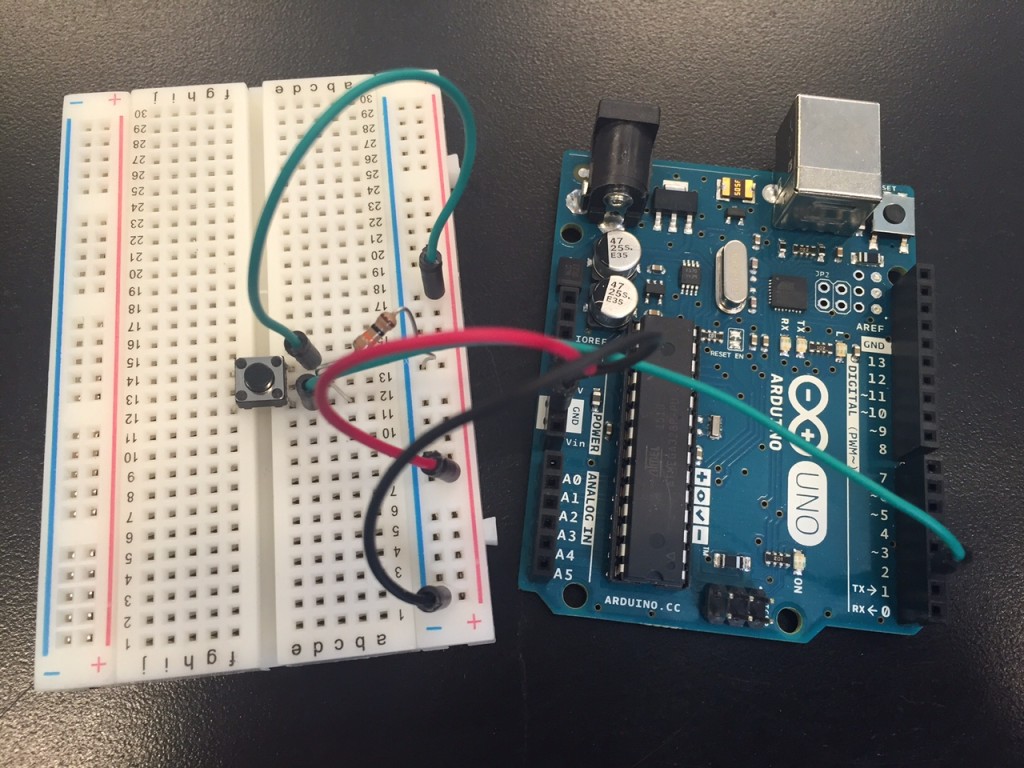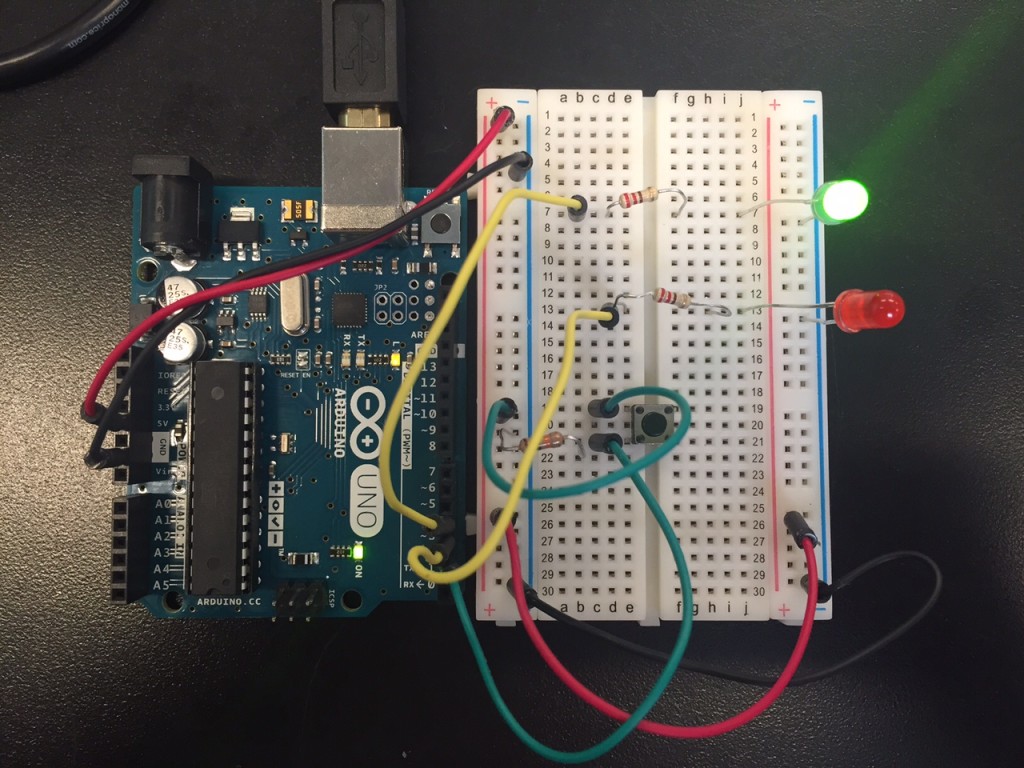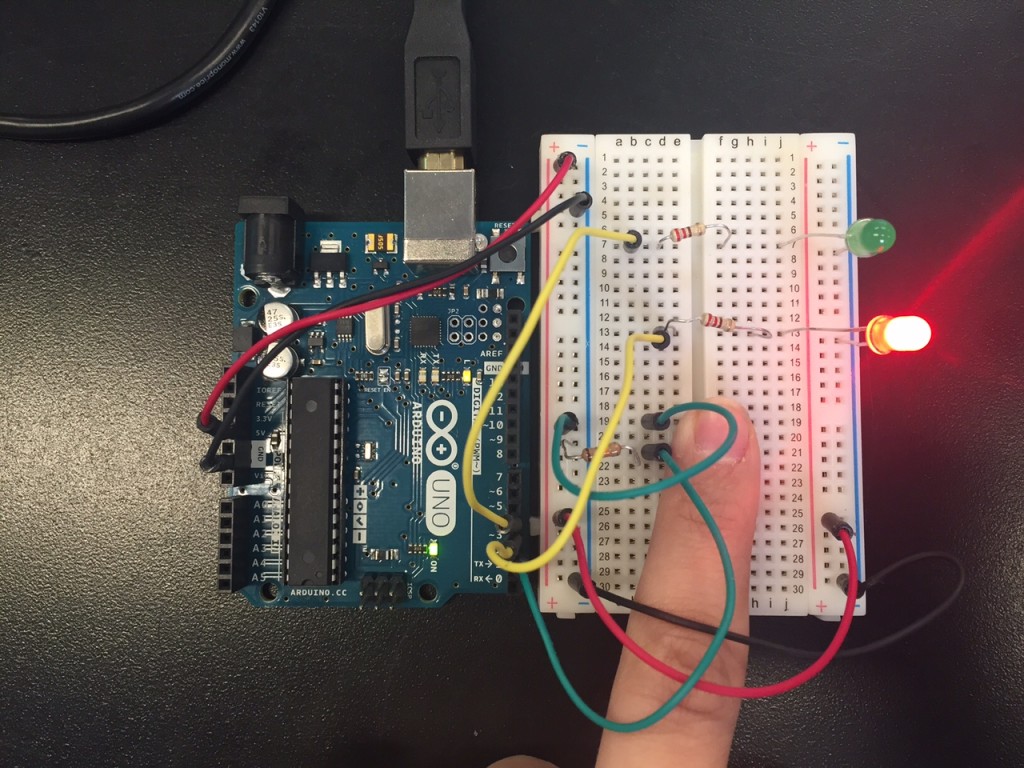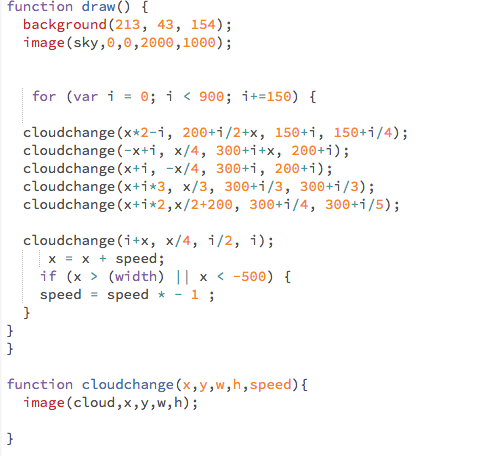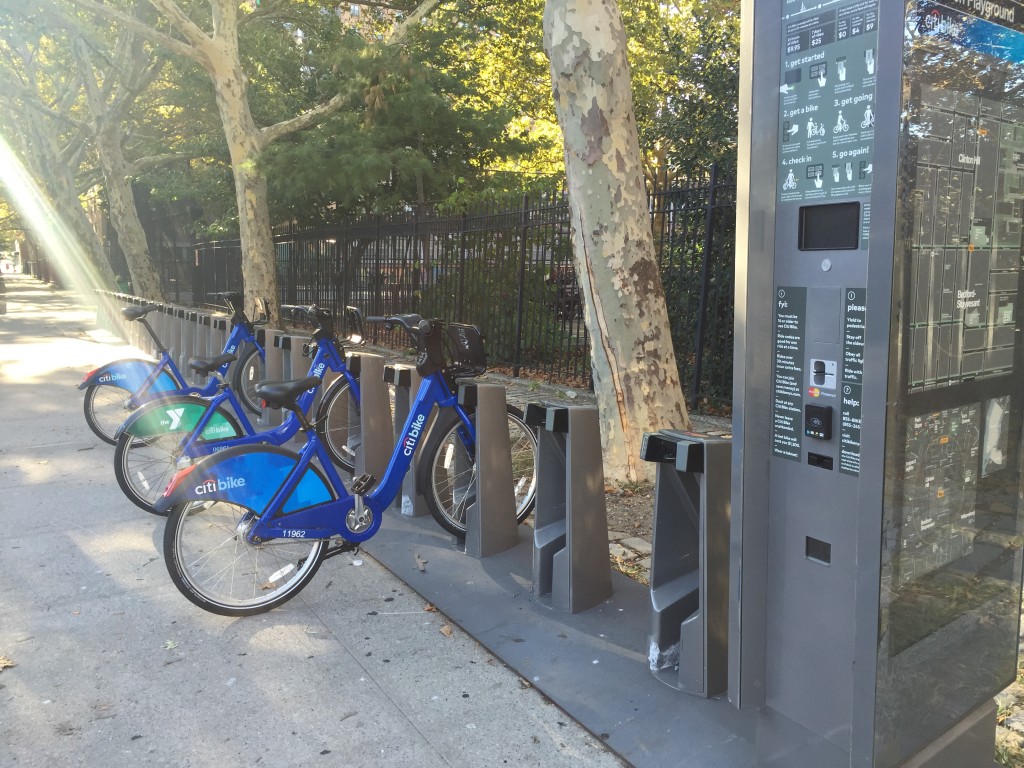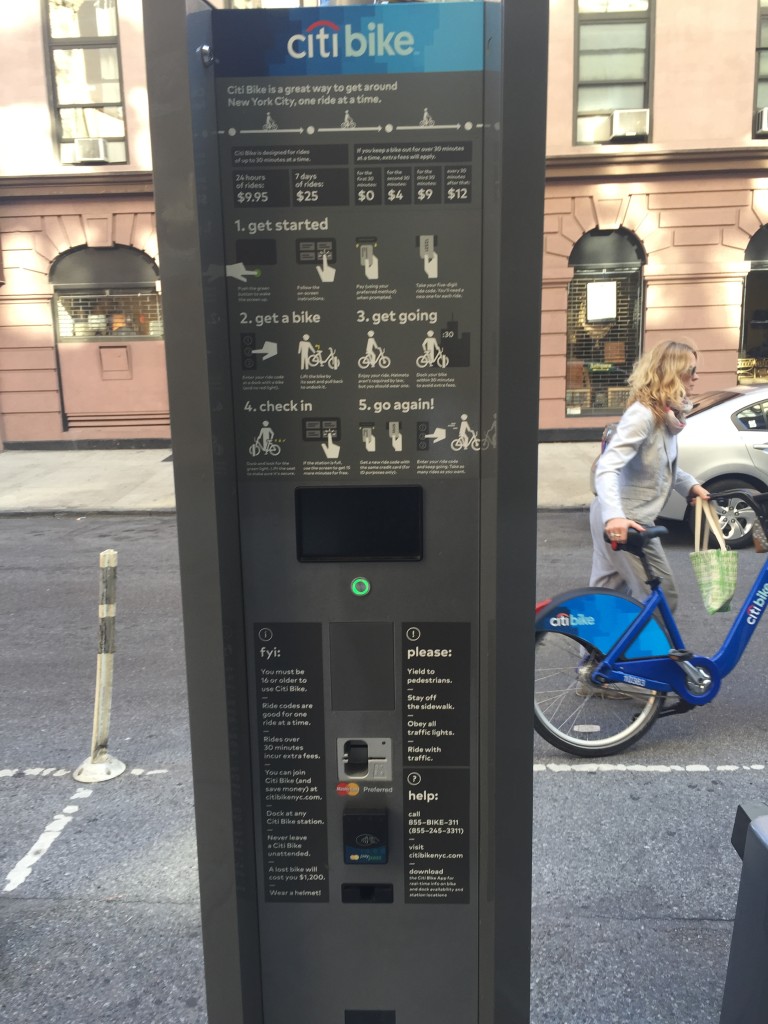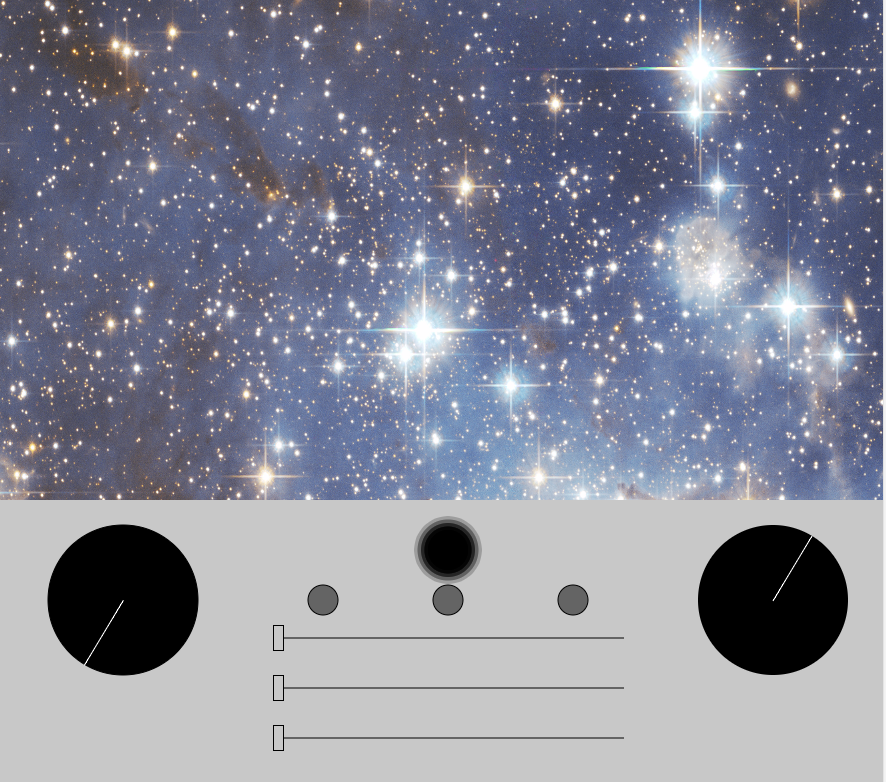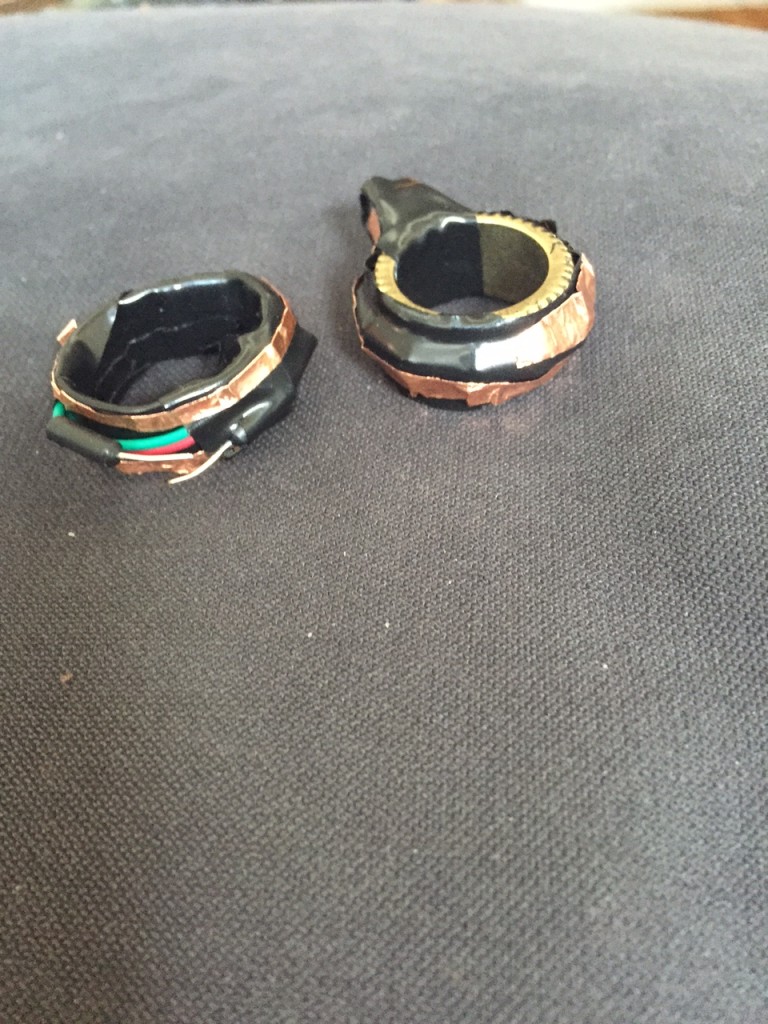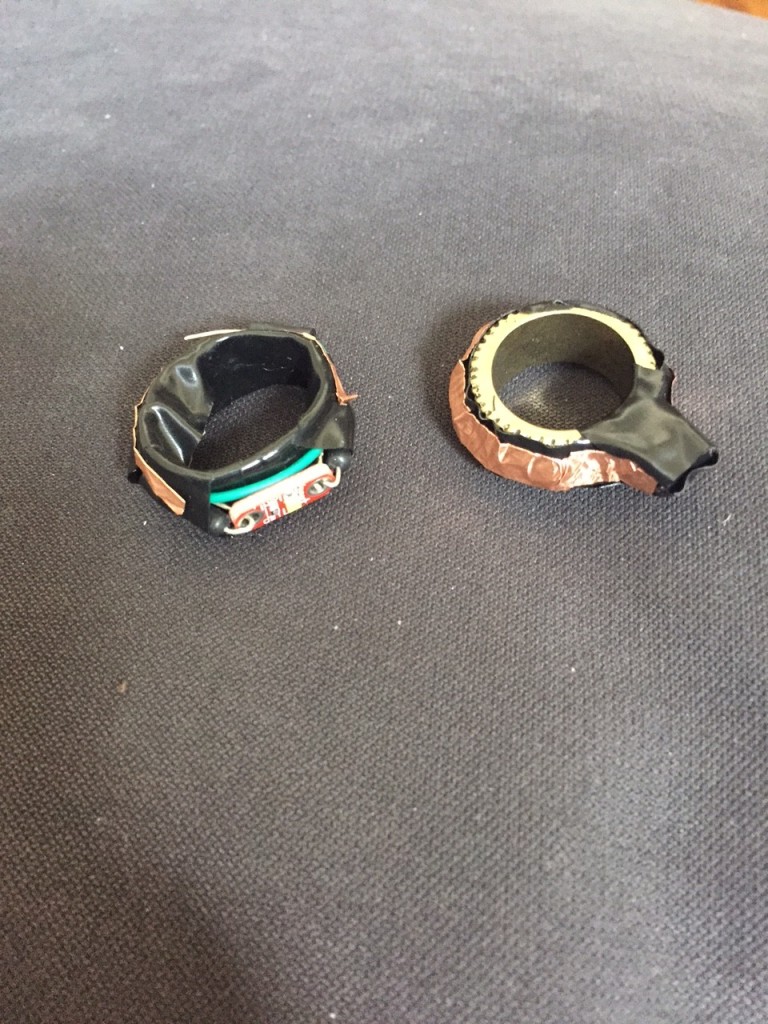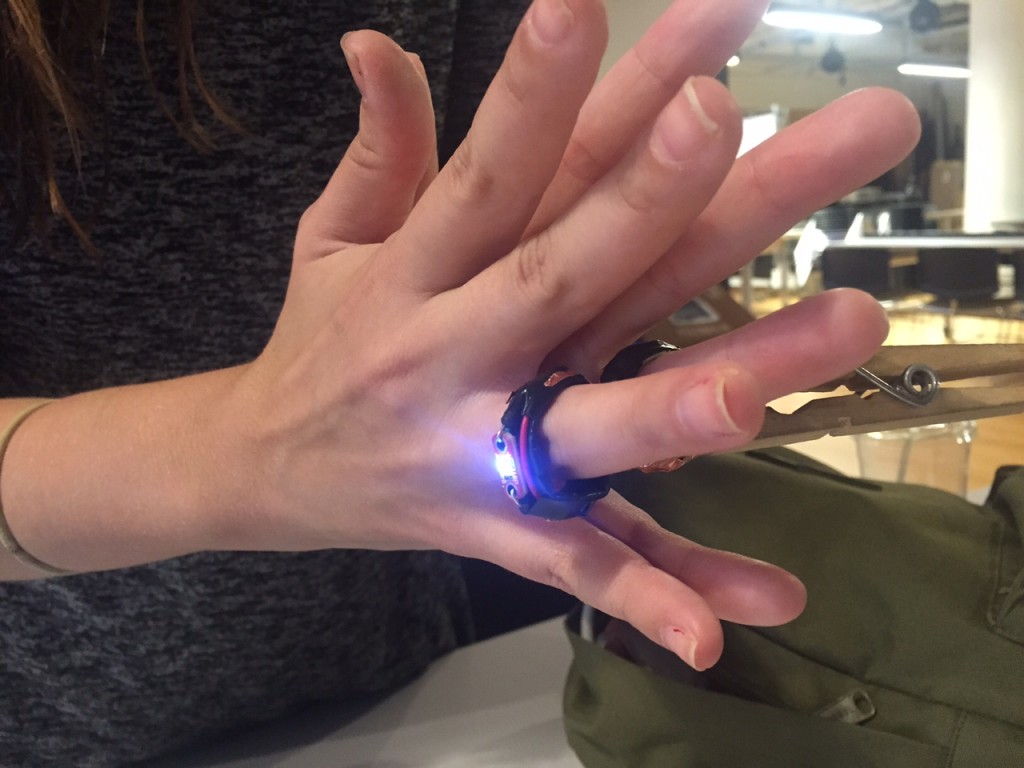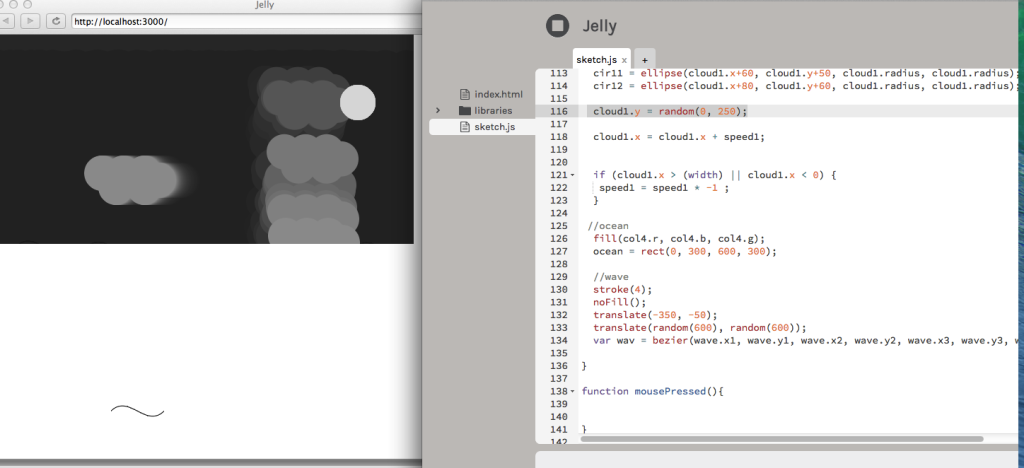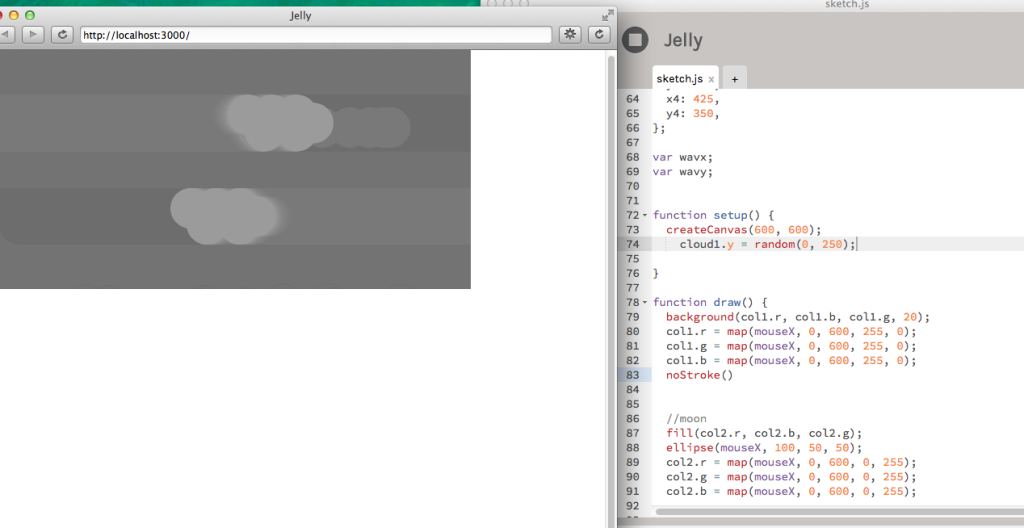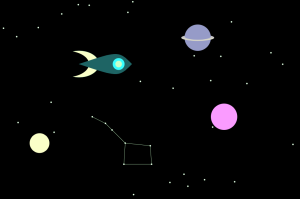This week was a week of review for the class. As I have not been good at posting my pictures of me doing the labs, I have included them here. While I have done them, it was easy to follow along with the labs. However, it was harder to come up with applications because I think I got lost on what would be an application and ended up feeling embarrassed. Last week was probably the tipping point of this as it ended with me just not being able to process information and just having a feeling of defeat. I just had this fear of being wrong which froze me.
Untitled from Lindsey Frances on Vimeo.
During this week of review, I realized I had to change my approach in learning. I decided to review all of the labs I had previously done by first just reading them first before actually doing them. This allowed me to see if I could visualize it. Then I would redo them trying to recreate them without the text.
I learned that the hardest part for me was programming the Arduino. While I understand the analog versus digital and read versus write, I get confused when setting up a new program or adding a new piece. For example, for my simple application, I wanted to create a “magical keyboard” with photo sensors that would change sounds based on the amount of light. When I started to do the lab, I quickly saw that this was what the lab was about. So I tried to experiment with the lab still and change the pitches to map at different values but it never seemed to change for one of the sensors. I was confused because in my mind, the part of the function should be able to be repeated at with different values. I finally figured out that my numbers weren’t at a large enough range. I ended with this result:
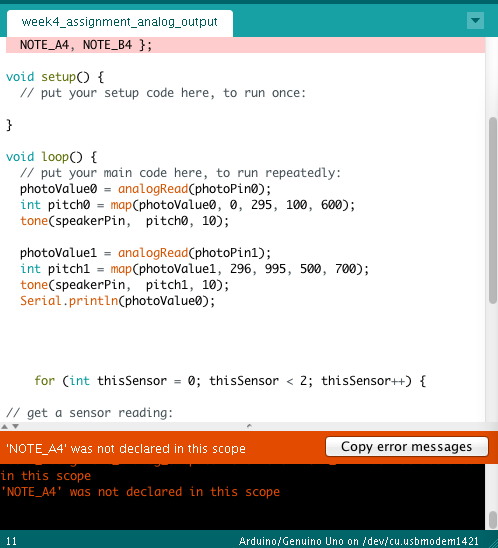
Untitled from Lindsey Frances on Vimeo.
Instead, I decided to try to combine digital input, analog input, and analog output by trying to create a sound machine that would change between two ranges of pitches when the button was pressed for the potentiometer to be turned to. However, when I tried to combine this, I found the pitch of sound to vary when the potentiometer was turned but when I pressed the button, just one sound was released. Is this due to my circuit setup or my code or both? Also, why is the volume of sound so quiet? Is this due to the speaker not being of great quality or is it something that was done in the setup?
Untitled from Lindsey Frances on Vimeo.
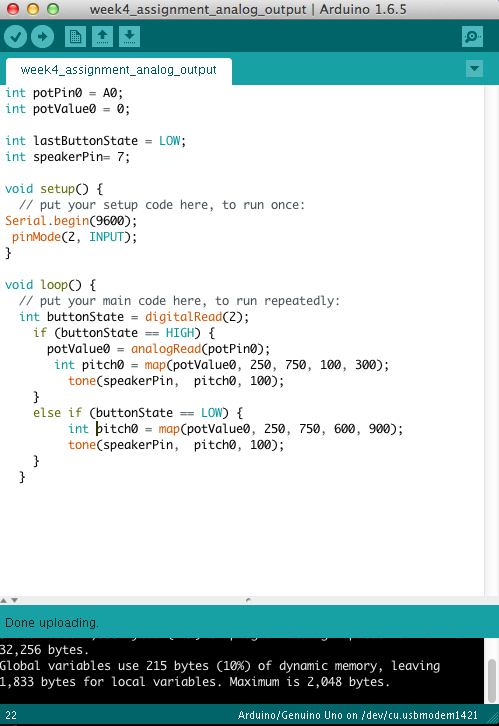
In the end, I am still not sure if this is the right approach to this weeks blog and if my simple application is sufficient. However, I am going to just focus on what I learned this week and what I want to learn in the future. I have already started to come up with ideas for what I want to do for the midterm and final. As I am now feeling more comfortable with asking for help, I plan to set up office hours to understand how to make my ideas come to life.
